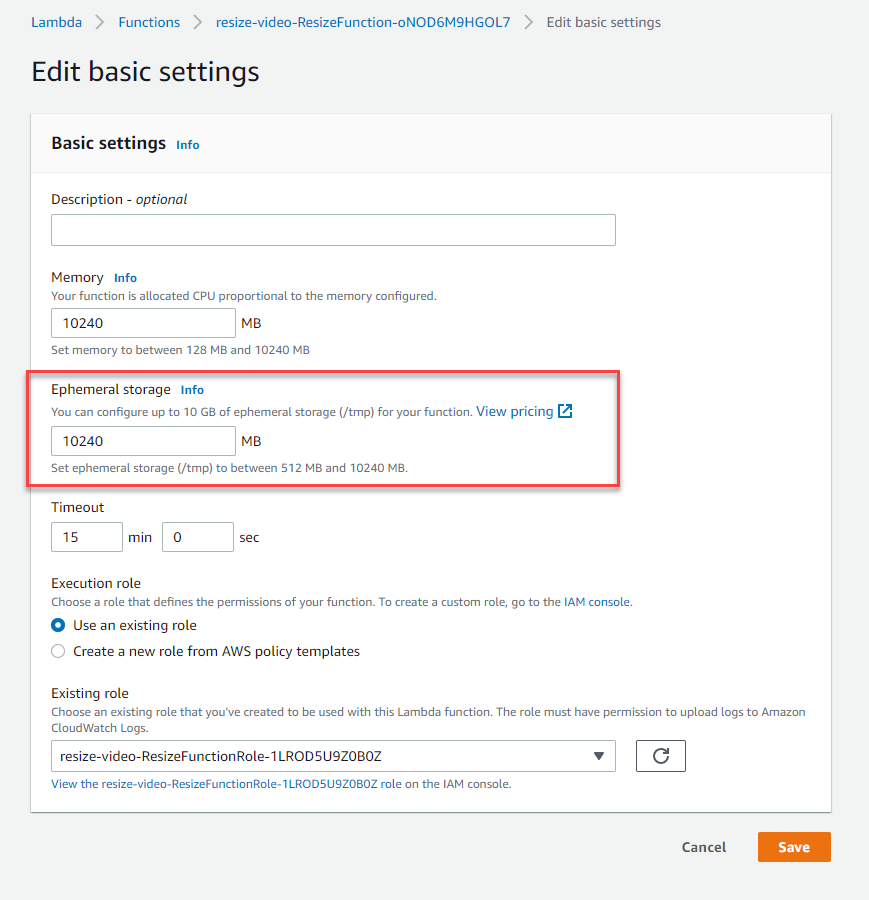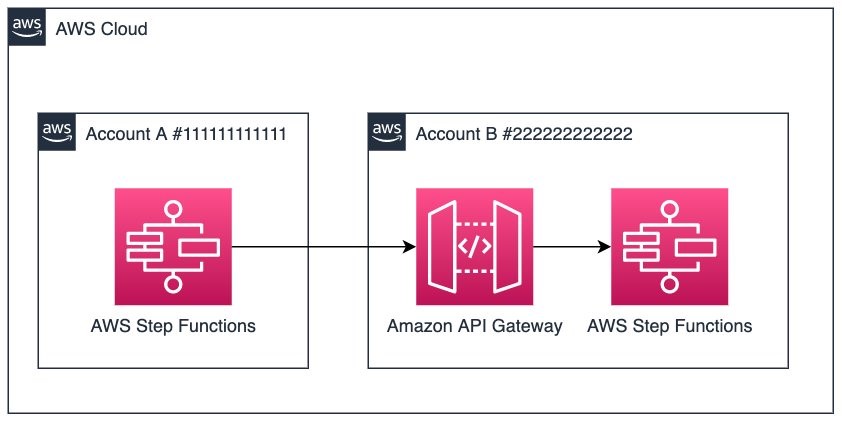AWS Compute Blog
Using larger ephemeral storage for AWS Lambda
Serverless developers can now configure the amount of temporary storage available in AWS Lambda functions. This blog post discusses common use cases and walks through an example application that uses larger temporary storage.
Sending events to Amazon EventBridge from AWS Organizations accounts
This blog post shows how to use AWS Organizations to organize your application’s accounts by using organization units and how to centralize event management using Amazon EventBridge across accounts in the organization. A fully automated solution is provided to ensure that adding new accounts to the organization unit is efficient.
Running cross-account workflows with AWS Step Functions and Amazon API Gateway
This blog post provides a step-by-step guide on securely invoking a cross-account Step Functions workflow from a central account using API Gateway as front end. This pattern can be extended to scale workflow executions across different Regions and accounts.
Building serverless multi-Region WebSocket APIs
This blog post shows how to use the AWS serverless platform to build a multi-regional chat application over WebSockets. With the cross-Region event routing of EventBridge the architecture is resilient as well as extensible.
Composing AWS Step Functions to abstract polling of asynchronous services
This blog post describes how to compose a nested Step Functions workflow, which asynchronously manages a custom service using the polling mechanism.
Building a serverless image catalog with AWS Step Functions Workflow Studio
This blog post demonstrates how to implement a serverless image cataloging pipeline using Step Functions Workflow Studio. By orchestrating AWS API actions and flow states via drag and drop, you can process user-generated images. This example checks images for appropriateness and generates tags based on their content without custom application code.
Decoding protobuf messages using AWS Lambda
This post shows how to create a Lambda function to decode in real-time protobuf messages. You import the proto message definition in a development environment and compile it to generate the Python source code.
Migrating a monolithic .NET REST API to AWS Lambda
This blog post shows the required considerations for migrating a .NET Core REST API to AWS Lambda. You can now start to look at your existing code base and make an informed decision whether Lambda is for you. With the right abstractions and configuration, you can migrate a .NET Core API to Lambda compute with copy and paste.
Introducing the .NET 6 runtime for AWS Lambda
We are excited to add support for .NET 6 to Lambda. It’s fast to get started or migrate existing functions to .NET 6, with many new features in .NET 6 to take advantage of. Read the Lambda Developer Guide for more getting started information.
Building custom connectors using the Amazon AppFlow Custom Connector SDK
This blog post shows how to extend the Amazon AppFlow service to move data between SaaS endpoints and custom APIs. You can now build custom connectors using the Amazon AppFlow Custom Connector SDK.










